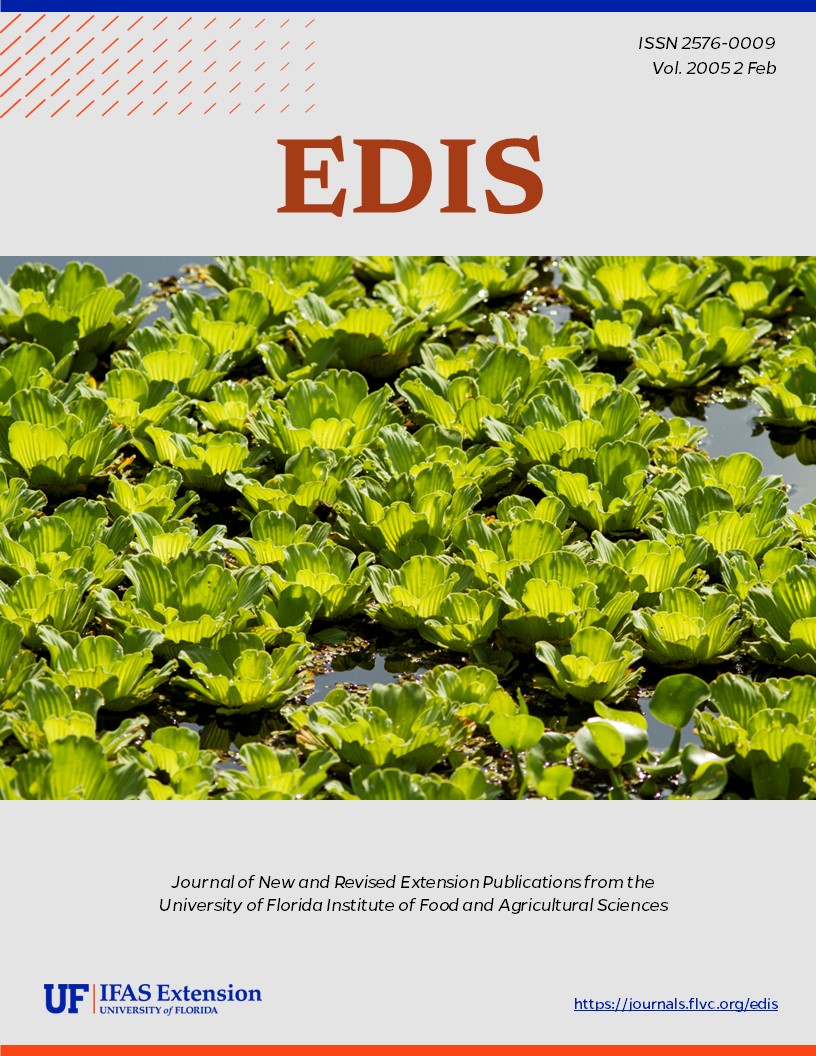Abstract
Among many diseases that reduce tomato yield, in this review we focus on three soilborne diseases and their field diagnostics (Table 1) and management recommendations: bacterial wilt, fusarium wilt, and fusarium crown and root rot. This document is Fact Sheet PP-205, one of a series of the Plant Pathology Department, Florida Cooperative Extension Service, Institute of Food and Agricultural Sciences, University of Florida. Published February 2005.
References
Jones, J. B., Jones, J. P., Stall, R. E., Zitter, T. A. 1991. Compendium of Tomato Diseases. APS Press, Minnesota, USA.
Leppla, N., Momol, T., Nesheim, N., and Dusky, J. 2004. Plant, Animal, and Human Protection, FAS 2 Focus Area. University of Florida / IFAS, June 10, 2004 Version.
Momol, M. T. and Pernezny, K. 2003. 2003 Florida Plant Disease Management Guide: Tomato. University of Florida / IFAS, EDIS Extension Fact Sheet PDMG-V3-53. Retrieved February 3, 2005, from http://edis.ifas.ufl.edu/PG059
P. D. Roberts, R. J. McGovern, and L. E. Datnoff. 2001. Fusarium Crown and Root Rot of Tomato in Florida. University of Florida / IFAS, EDIS Extension Fact Sheet PP-52. Retrieved February 3, 2005 from http://edis.ifas.ufl.edu/PG082

